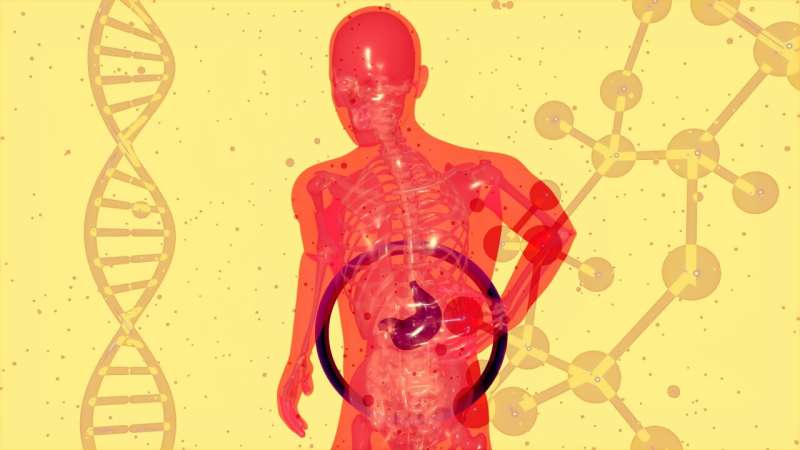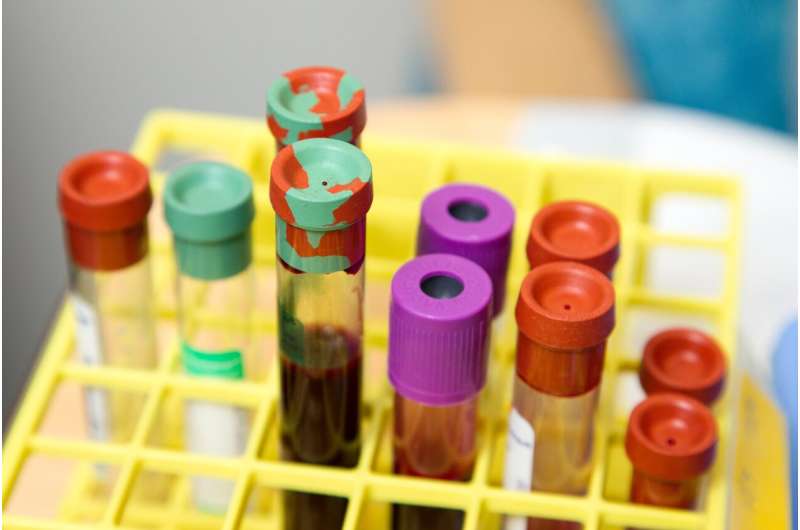How Excessive Alcohol Consumption Disrupts Protein Recycling and Leads to Fatty Liver Disease

Recent Mayo Clinic research reveals how excessive alcohol disrupts protein recycling in liver cells, leading to fatty liver disease. Understanding this cellular process paves the way for new treatments and prevention strategies.
Excessive alcohol intake has long been associated with various liver problems, including fatty liver disease, a condition affecting more than one-third of the population in the United States. Recent research conducted by Mayo Clinic scientists has shed light on the cellular mechanisms behind this link, revealing how excessive alcohol consumption interferes with critical protein-recycling processes within liver cells.
The liver functions as the body's primary filtration system, processing everything we ingest. Liver cells, or hepatocytes, play a vital role by releasing a multitude of proteins and managing the intake, storage, and recycling of nutrients like fats. One key aspect of their function involves handling fat in the form of lipid droplets—globular structures that store energy-rich fats for times of need. However, an overabundance of these lipid droplets can lead to fatty liver disease, which may progress to more severe conditions like type 2 diabetes and liver cancer.
A crucial player in the cellular cleanup process is an enzyme called valosin-containing protein (VCP). VCP is involved in recycling damaged or unwanted proteins, ensuring cellular health and proper function. The Mayo researchers discovered that when exposed to excessive alcohol, VCP’s ability to perform its role diminishes significantly. Specifically, alcohol causes VCP to almost completely detach from the surface of lipid droplets, which permits the protein HSD17β13 to accumulate excessively on these droplets. This accumulation causes an increase in fat buildup within liver cells.
The team observed that in normal conditions, VCP works with chaperone proteins to transport unwanted proteins like HSD17β13 to lysosomes—organelles responsible for breaking down and recycling cellular debris. However, alcohol exposure hampers this process, leading to a buildup of fat-laden lipid droplets. The researchers captured detailed images showing how VCP directs damaged proteins from lipid droplets to lysosomes for disposal, emphasizing how alcohol impairs this essential pathway.
Understanding this cellular dysfunction opens new avenues for therapeutic interventions. Targeting HSD17β13 or enhancing VCP’s activity could potentially prevent or treat fatty liver disease. Moreover, these findings contribute to predicting which individuals might be more susceptible to alcohol-related liver damage, particularly those with compromised cellular recycling systems.
This study is part of the Mayo Clinic’s broader Precure initiative, which aims to develop predictive tools for early disease detection and prevention by understanding fundamental cellular mechanisms. The research highlights the importance of cellular protein management and offers promising directions for future treatments focused on maintaining healthy liver function amidst lifestyle challenges.
Stay Updated with Mia's Feed
Get the latest health & wellness insights delivered straight to your inbox.
Related Articles
Scientists Caution Against Relying on AI for Stroke Care
Research highlights the limitations of current AI chatbots in providing safe and accurate guidance for stroke care, stressing the need for human oversight in medical applications.
Promising Results from National Trial for Rare Blood Cancer Treatment
Early results from a national clinical trial indicate that a combination therapy may significantly improve outcomes for patients with the challenging blood cancer, CMML, offering new hope for long-term remission.
Innovative At-Home Diagnostic Test Enhances Detection of COVID-19 and Cancer with Unprecedented Accuracy
A new at-home biosensing technology utilizing the coffee-ring effect, plasmonic nanoparticles, and AI offers rapid and highly sensitive detection of COVID-19 and cancer biomarkers, paving the way for accessible disease diagnostics.
The Role of Education and Social Factors in Rheumatic and Musculoskeletal Diseases
Emerging research emphasizes the critical role of social determinants like income and education in shaping outcomes for patients with rheumatic and musculoskeletal diseases. Findings from the EULAR 2025 congress reveal how these factors influence disease progression and mortality, highlighting the need for targeted interventions to promote health equity.



